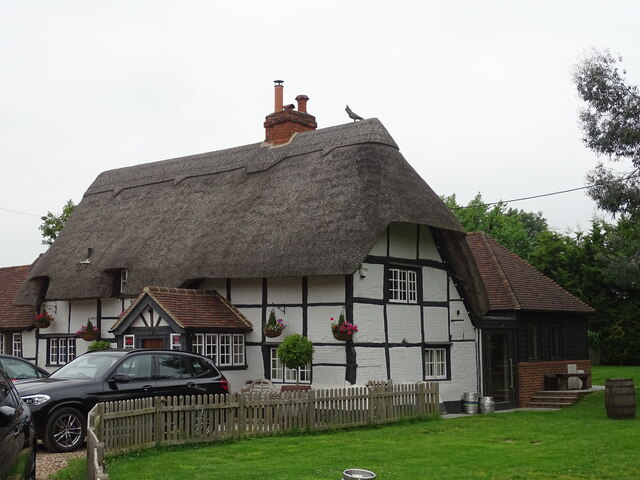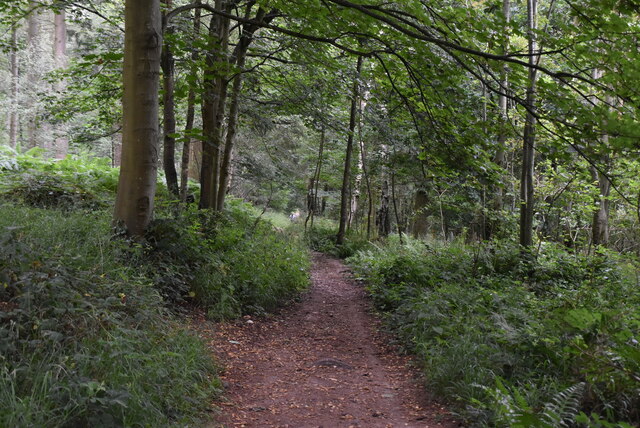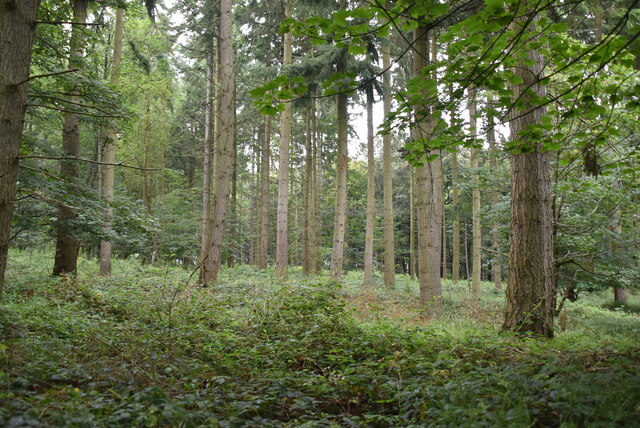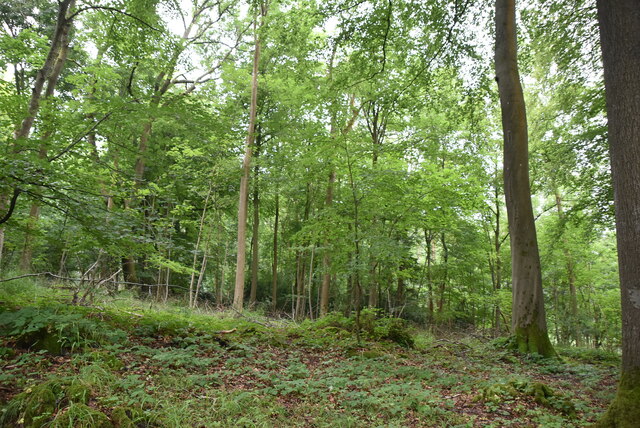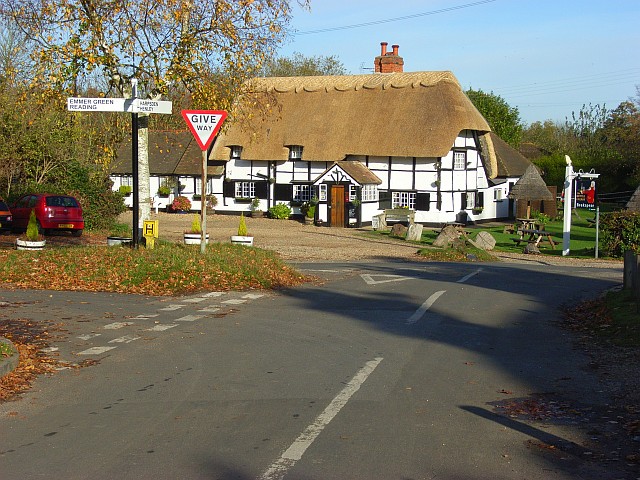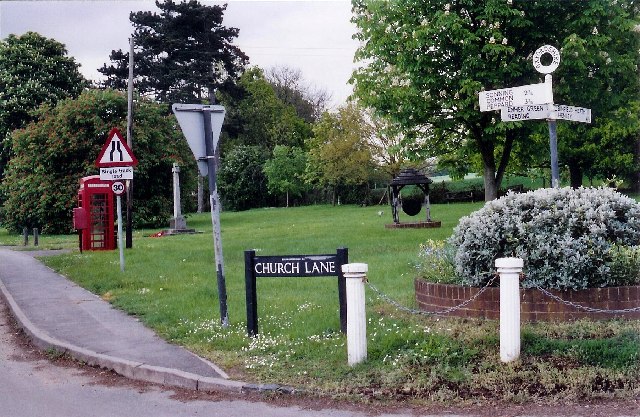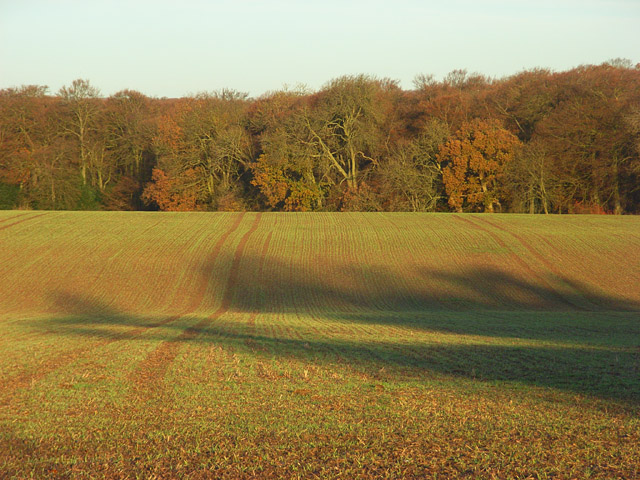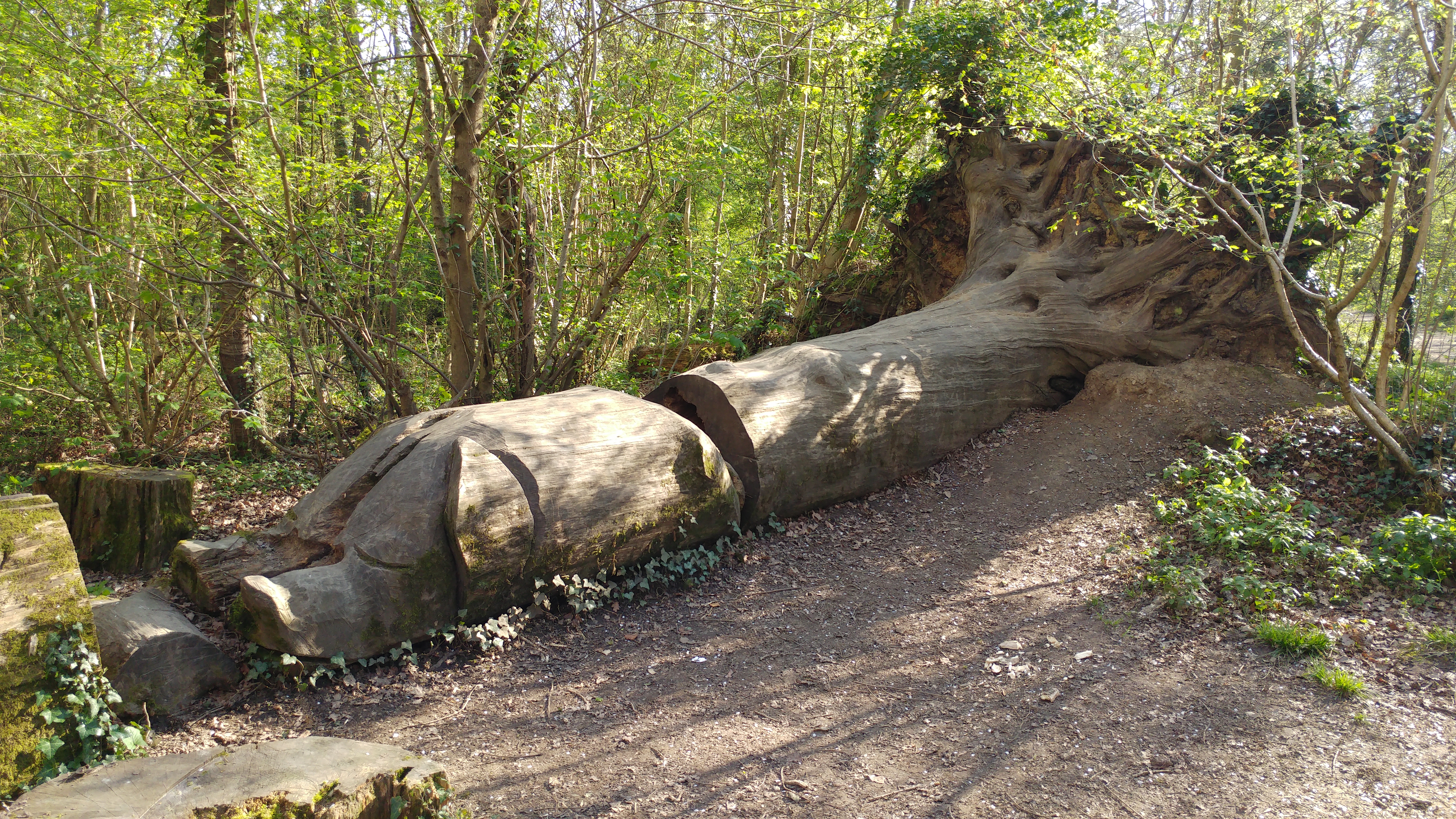Binfield Heath
Civil Parish in Oxfordshire South Oxfordshire
England
Binfield Heath

Binfield Heath is a civil parish located in the county of Oxfordshire, England. Situated approximately 5 miles southeast of the town of Henley-on-Thames, it covers an area of around 5 square miles. The parish is part of the South Oxfordshire district and is surrounded by picturesque countryside, offering residents and visitors a tranquil and rural setting.
The village of Binfield Heath itself is relatively small, with a population of around 1,000 people. The area is known for its charming character, featuring a mix of traditional cottages and more modern houses. The parish also encompasses the hamlets of Pishill and Highmoor, which contribute to its rural charm.
Binfield Heath is home to several amenities that cater to the needs of its residents. These include a primary school, a village hall, and a local pub that serves as a social hub for the community. The parish is fortunate to have access to the beautiful surrounding countryside, with numerous footpaths and bridleways that offer opportunities for outdoor activities such as walking, cycling, and horse riding.
The parish benefits from its proximity to Henley-on-Thames, which provides additional amenities and services, including shops, supermarkets, and healthcare facilities. The town also hosts various events and festivals throughout the year, attracting visitors from the surrounding areas.
Overall, Binfield Heath, Oxfordshire, offers a peaceful and idyllic setting for those seeking a rural lifestyle while still being within easy reach of larger towns and amenities. Its natural beauty, community spirit, and convenient location make it an attractive place to live or visit.
If you have any feedback on the listing, please let us know in the comments section below.
Binfield Heath Images
Images are sourced within 2km of 51.504969/-0.935605 or Grid Reference SU7378. Thanks to Geograph Open Source API. All images are credited.
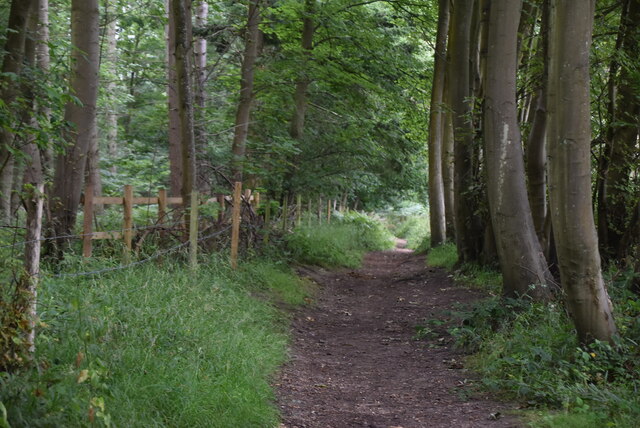




Binfield Heath is located at Grid Ref: SU7378 (Lat: 51.504969, Lng: -0.935605)
Administrative County: Oxfordshire
District: South Oxfordshire
Police Authority: Thames Valley
What 3 Words
///workroom.reissued.shaky. Near Sonning Common, Oxfordshire
Nearby Locations
Related Wikis
Binfield Heath
Binfield Heath is a village and civil parish in South Oxfordshire, England, 2+1⁄2 miles (4 km) south-southwest of Henley-on-Thames and 3+1⁄2 miles (6 km...
Holmwood, Binfield Heath
Holmwood is a country house in the village of Binfield Heath in Oxfordshire, England. It is situated on Shiplake Row in the village of Binfield Heath near...
Dunsden Green
Dunsden Green or Dunsden is a village in the civil parish of Eye & Dunsden in the South Oxfordshire ward of Sonning Common, about 3 miles (5 km) northeast...
Crowsley Park
Crowsley Park is a 160-acre (65 ha) country estate in South Oxfordshire, central-southern England, owned by the British Broadcasting Corporation (BBC)...
Reading Abbey R.F.C.
Reading Abbey R.F.C is an English rugby union club. Although the club is named after, and historically connected with, the Berkshire town of Reading, it...
Eye and Dunsden
Eye and Dunsden is a largely rural civil parish in the most southern part of the English county of Oxfordshire. It includes the villages of Sonning Eye...
Clayfield Copse
Clayfield Copse is a local nature reserve on the northern edge of the suburb of Caversham in Reading, UK. The site is 8.65 hectares (21.4 acres) in size...
Berry Brook
The Berry Brook is a stream close to Sonning Eye in the flood plain of the River Thames, in southern Oxfordshire, England.The stream flows northeast from...
Nearby Amenities
Located within 500m of 51.504969,-0.935605Have you been to Binfield Heath?
Leave your review of Binfield Heath below (or comments, questions and feedback).
